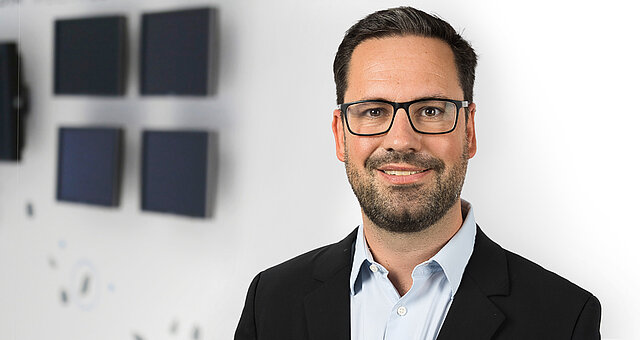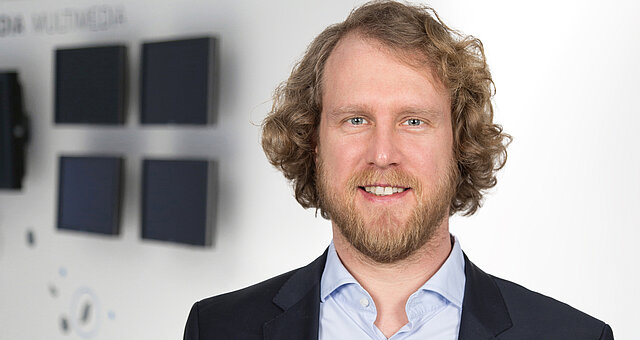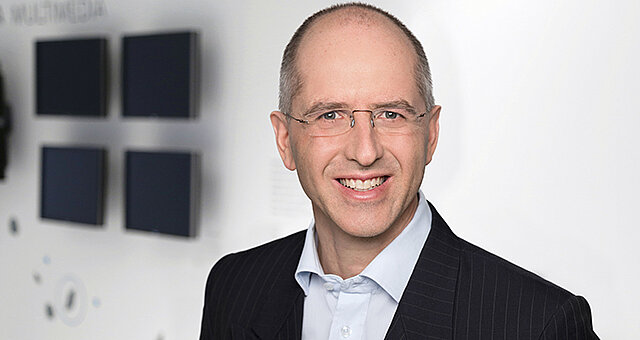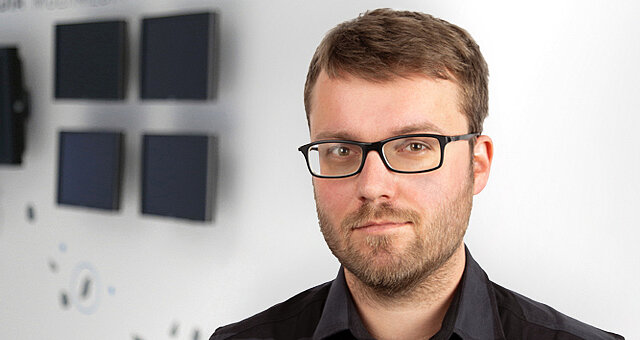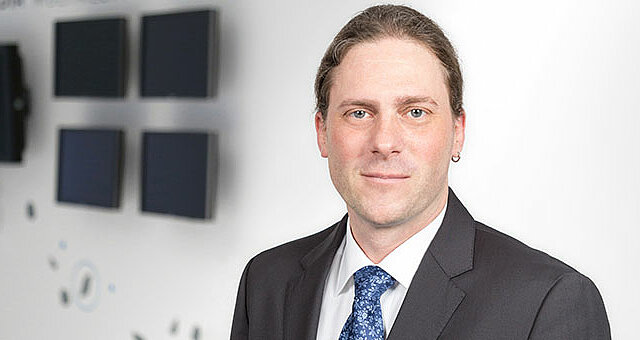Mobile World Congress 2022
FEB 2022
28 Feb - 3 Mar
Barcelona, Spain

Fraunhofer Heinrich Hertz Institute (HHI) is a world leader in the development of mobile and optical communication networks and systems as well as processing and coding of video signals. Together with international partners from research and industry, Fraunhofer HHI works in the whole spectrum of digital infrastructure – from basic research to the development of prototypes and solutions.
At Mobile World Congress 2022, Fraunhofer HHI presents the latest developments in Wireless Communications and Networks, Photonic Networks and Systems as well as Video Communication and Applications at the Fraunhofer booth 7C29, hall 7, on February 28 - March 3 in Barcelona, Spain.
5G mixed reality video streaming
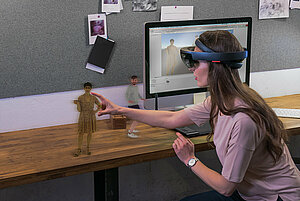
Volumetric video (VV) reproduces objects in a photorealistic manner and is one of the enabling technologies for mixed reality (MR). Interactivity with VV-objects enables more immersive applucations. Remote rendering allows offloading the complex rendering operation to an edge-server and allows streaming of high quality, interactive MR-applications to mobile devices.
At MWC 2022, Fraunhofer HHI demonstrates a mixed reality (MR) application that enables streaming of interactive high-quality volumetric video (VV) content for free-viewpoint rendering over 5G networks using Adaptive-Managed-Latency (AML). The application uses a novel technique for animation of VV content of humans and a split rendering framework for real-time streaming of volumetric content over 5G edge-cloud servers. The presented interactive XR experience showcases photorealistic volumetric representations of two humans. As the user moves in the scene, one of the virtual humans follows the user with his head, conveying the impression of a true conversation. Furthermore, the VV content is streamed over a 5G network with adaptive-managed-latency (AML) using ECN-based congestion notification and rate-adaptation.
Contact:
Dr.-Ing. Cornelius Hellge
cornelius.hellge@hhi.fraunhofer.de
THz Wireless Communication for 6G

THz communications is widely regarded as one of the key technologies for future 6G networks, supporting a massive increase in the wireless data rate requirements. At MWC 2022, Fraunhofer HHI and Fraunhofer IAF showcase a fully functional radio-head prototype (THz-ODU) for broadband point-to-point wireless data transmission at sub-THz carrier frequencies (300 GHz). The prototype is designed for data rates up to 100 Gb/s over transmission distances of up to 1 km.
Contact:
Dr.-Ing. Robert Elschner
robert.elschner@hhi.fraunhofer.de
Your Partner for 5G and 6G
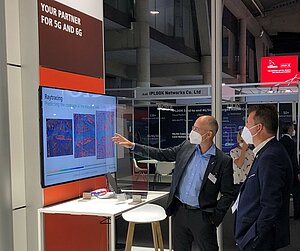
Find all information on this exhibit here .
Contact:
Dr.-Ing. Thomas Haustein
thomas.haustein@hhi.fraunhofer.de
Drone communication system

Drones need to become part of the Internet of Things to unlock their full potential. This is essential because several stakeholders have to know at the same time where the drone is and whether the system is working reliably.
Air traffic service providers need to know this data to enable Unmanned Aircraft Traffic Management Systems (UTM). People directly involved in the drone mission need remote access to flight controls and payloads such as cameras. This includes not only the pilot, but also the person in the field getting the drone ready for takeoff, the person at headquarters monitoring the flight beyond visual line of sight (BVLOS), if necessary support staff of the manufacturing company and in the case of drone deliveries, the people at the destination.
A reliable communication system is the backbone of scalable drone operations. We are developing such a system at Fraunhofer HHI in Berlin.
At MWC 2022 we will show our communication module which is already used for BVLOS drone operations in Africa.
Contact:
Tom Piechotta
tom.piechotta@hhi.fraunhofer.de
Multiuser detection based on machine learning (NOMA) – NVIDIA GPU-accelerated algorithms for real-time applications in 5G and beyond
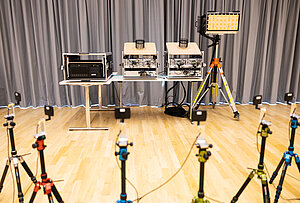
Flexibility and fast adaptability, as well as choosing an appropriate trade-off between conflicting optimization objectives in the physical layer, can be achieved through machine learning. Hardware accelerated real-time implementations can help to meet the stringent physical layer requirements (for example, latency) of 5G and beyond mobile communication systems. Especially in virtualized wireless systems with hardware accelerators, careful co-design of hardware and software is essential.
In collaboration with NVIDIA, Fraunhofer HHI will provide an outlook on the applications of online algorithms for machine learning at this year's Mobile World Congress 2022. An SDR-based and NVIDIA GPU-accelerated platform is used for the evaluation and further development of parallel mobile algorithms.
The theory of adaptive projected subgradient method (APSM) based algorithms is rich, and they promise accurate user tracking capabilities in dynamic wireless environments. Multi-user detection in a non-orthogonal multiple access (NOMA) system becomes real-time capable by computing the algorithms on massively parallel computer architectures. The result is a hardware-accelerated and robust real-time implementation of an OFDM-based transceiver that enables sub-millisecond detection latency to meet the requirements of 5G and beyond.
Contact:
Matthias Mehlhose
matthias.mehlhose@hhi.fraunhofer.de

